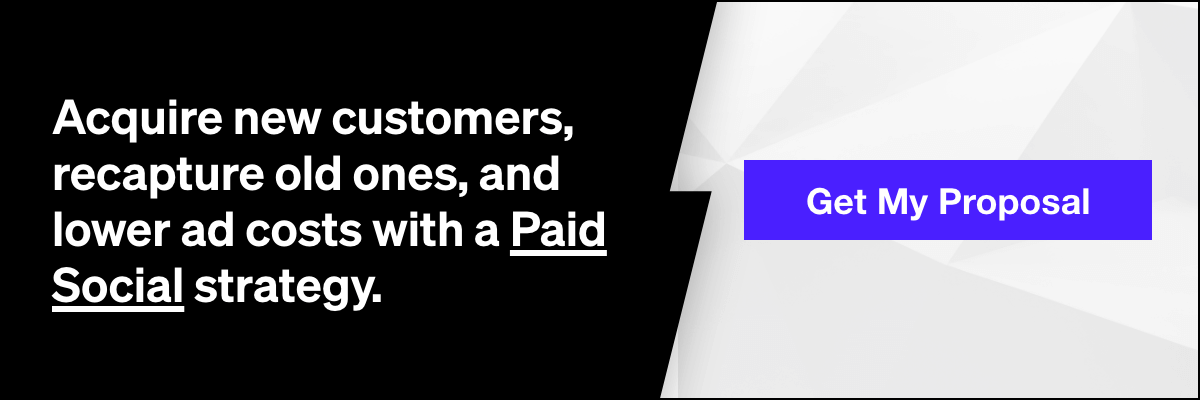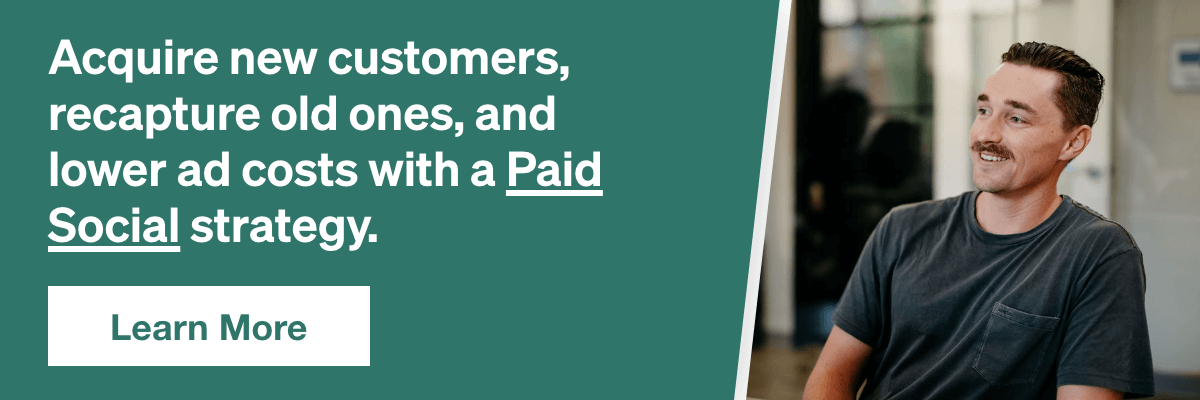Facebook first introduced dayparting in 2014 with its ad scheduling tool, letting advertisers choose both the day of week and the time of day to run their media. The inability to daypart caused headaches for brands that have substantial deviations in performance based on time.
While seasonality is typically one of the biggest factors in determining marketing budgets, it can also be highly valuable to assess your brand’s day-to-day & time-of-day performance. This blog will show you how to make use of the reporting tools Facebook offers related to dayparting that will help optimize your ads.
Day Of Week
To pull day-of-week data, you’ll need to click the ‘Breakdown’ dropdown within Ads Manager, click ‘By Time’, and select ‘Day’. You’ll want to choose a date range that covers at least 60 days so that you have a large enough sample size – I typically will try to pull dates that coincide with that brands’ seasonality or fiscal year to ensure I’m minimizing the potential for outlier data.
Once you’ve pulled the data, you’ll notice that Facebook only provides the numerical date, so you’ll need to manually assign the day of week that the data coincides with. So, for example, if you’re pulling from Jan 1 2017, you’ll need to adjust the 1/1/2017 to ‘Sunday’ in its respective cell. Once the dates have been reformatted you can pivot your data to see the daily performance.
Related: 3 Things to Do Before You Start Running Your First Facebook Ad Campaign
The chart below shows the performance over a quarter for an e-commerce retail brand. As you can see, there are pretty wide fluctuations in CPC and CPA based on the day of week. Additionally, you can see that there’s not direct correlation between CPC and CPA, as evidenced by the Monday performance where CPC is highest, but CPA is actually lowest. There are also indicators that spending could be scaled back during Fridays and Saturdays where both CPC and CPA are inefficient by comparison to other days.
Time Of Day
To pull time-of-day data, select ‘by delivery’ from the breakdowns dropdown and choose ‘Time of Day (Viewer’s Time Zone)’. You’re also given the option to select the ad account’s time zone, but if your brand is distributing media across multiple time zones it makes the most sense to pull the viewer’s time zone data.
The data shown below indicates that late night/early mornings deliver strong CPCs but high CPAs. The volume is lowest in the late night and early morning hours as well. There seem to be efficiencies in the early evening, specifically 8-9pm where CPCs are low, volume is high, and CPA is efficient. This data suggests that we should be spending less during the late nights and early mornings so that more budget can be distributed during peak hours.
Putting It To Work
To set ads up with daily/hourly scheduling, you’ll need to create a fresh ad set with a lifetime budget. One of the drawbacks of the tool as it currently stands is that daily budgets are not available – i.e. you can’t set a daily budget of $50/day and have the ads only run on Wednesdays and Thursdays, you would need to set the lifetime budget at $100 and rely on FB for pacing.
Related: Understanding Facebook’s Advertising Delivery System
The example shown below is restricting spend during Saturdays & Sundays, while keeping the weekday spending between 6am-10pm. This capitalizes on the historical performance data that weekends and late nights don’t convert well. By doing this we are able to spend more during the most key times which should in turn improve overall results.
Wrapping it up
There are countless use cases for this tool – highlighting a sale, offer ads, or timely posts. This doesn’t suggest that brands should keep all ads running on a schedule, especially if your marketing dollars have less focus on e-commerce. However, it can certainly benefit brands to ensure their conversion/e-commerce ads are being shown at the most impactful times.
Related: 7 Tips for A/B Testing Your Facebook Ads
An efficient balance across equity-focused ads and conversion-focused ads coupled with having a strong understanding of your daily fluctuations in performance is difficult to achieve and sustain, but can make the difference between success or failure. Be sure to continue to audit performance as these changes are implemented to ensure that you’re seeing improvements.








